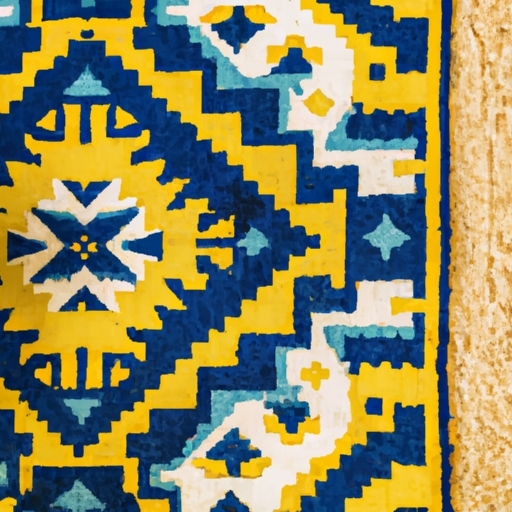traditional southwest style carpets
Characteristics of Southwest or Southwestern interior design, including warm color palettes and natural materials
The history of southwest style carpet weaving dates back to ancient times when Native American tribes in the region began creating intricate textiles for use in their homes and ceremonies. The origins of this craft can be traced to the Navajo people, who are widely recognized as some of the most skilled weavers in the world.
Southwest style carpets are known for their bold colors, geometric patterns, and intricate designs that reflect the natural beauty of the desert landscape. These carpets were traditionally made using hand-spun wool yarns and natural dyes sourced from plants and minerals found in the area.
Over time, southwest style carpet weaving has evolved to incorporate modern techniques and materials, but many artisans continue to uphold traditional methods passed down through generations. Today, these carpets are highly sought after for their unique aesthetic appeal and cultural significance.
In recent years, southwest style carpets have gained popularity beyond their original tribal communities and are now prized by collectors and interior designers around the world. Despite their commercial success, many weavers remain committed to preserving the rich history and heritage of this ancient art form.
